
Torque Sensor VS Cadence Sensors
The pedal-assist system (PAS) on an electric bike helps the rider pedal. Nowadays, most electric bicycles have some kind of pedal-assist (PAS) technology that offers riders variable degrees of assistance as needed. This is conceivably the biggest factor in people's decision to buy an ebike. In order for the PAS to function effectively, there is a sensor on the electric bike that sends a signal to the system when you pedal, triggering the motor to start.There are two main types of electric bike sensors: torque sensors and cadence sensors. Torque sensors and cadence sensors are the two primary categories of electric bike sensors. Cadence and torque sensors may both turn on the ebike motors and help riders move forward, but they work in different ways. It's critical to understand the difference between torque and cadence sensors and the potential effects they may have on an ebike's performance and riding while looking around for an ebike. Let’s check out the difference between the Torque Sensor and
Torque Sensor:
When you pedal, the torque sensor measures the force you exert to the pedals with a precision strain gauge. This information will be sent to the electric bike's control unit by the sensor. Depending on your pedaling force, the control unit calculates how much electrical power the motor needs to run and then it will adjust the engine's power output using a torque sensor in response to the effort you exert on the bike's pedals. In short , the PAS will deliver more electrical power as you pedal harder. Power will be reduced if you apply less pressure to the pedals. In other words, if you want to keep your speed constant, you have to work at it consistently. By applying force to your bike with your feet and using a torque sensor, you are instantly interacting with the power system. You'll have a lot more control over your bike if it has a torque sensor. Only one concern with torque sensor is that torque sensor ebikes are more expensive than Cadence sensors ebikes.
Cadence Sensors:
If you want an electric bicycle that handles the majority of the work for you, check for the peadl model. For you, an e-bike with a candence sensor might be a better option.
A magnet on the crank acts as the cadence sensor, turning on when you start cycling and off when you stop. By manually shifting the assist mode up and down, you can increase the level of pedal assistance if you need it and keep you in constant speed. A cadence sensor's key benefit ebikes with cadence sensor systems are more frequently less expensive. On the other hand, they usually function best on level terrain and are less effective while traveling over a lot of mountains or steep hills.
Newletter
Promotions, new products and sales. Directly to your inbox.
Lastest Blog Post


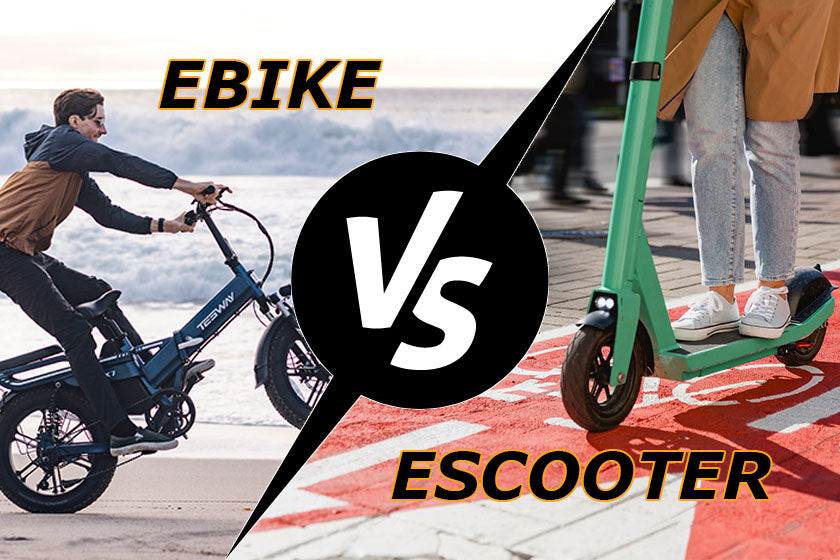

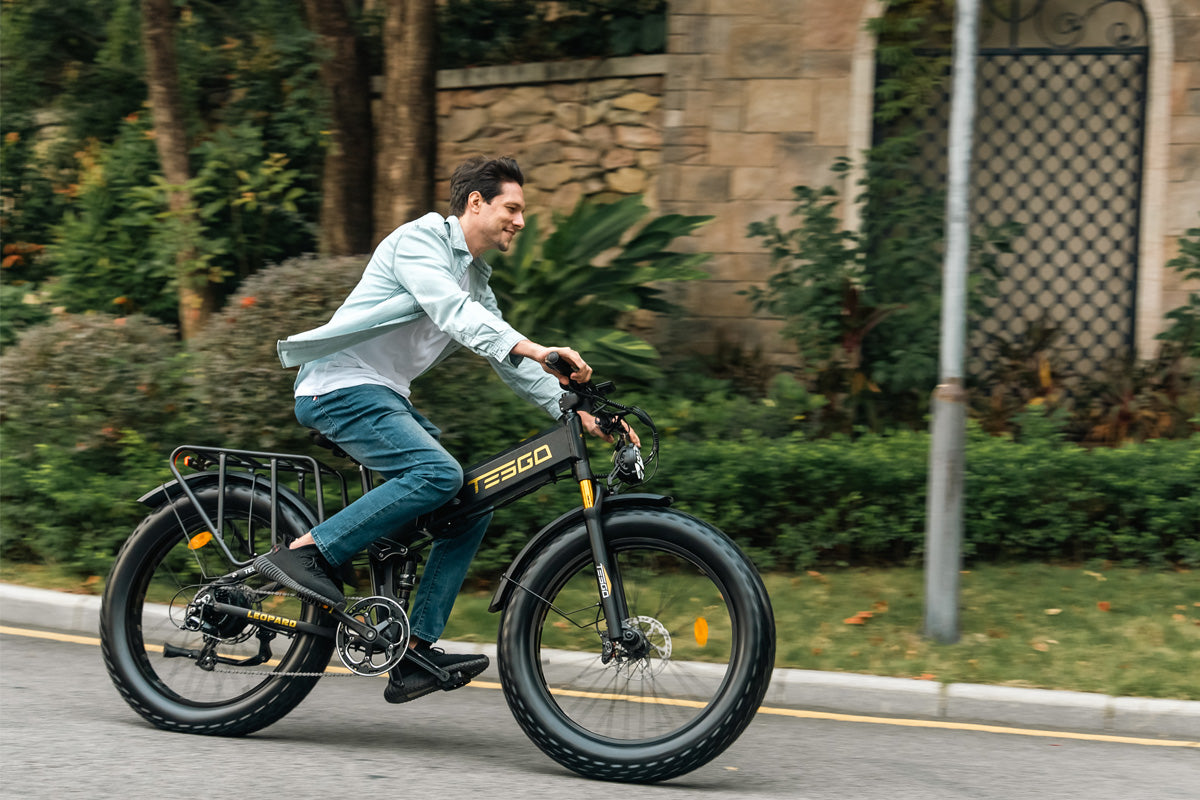
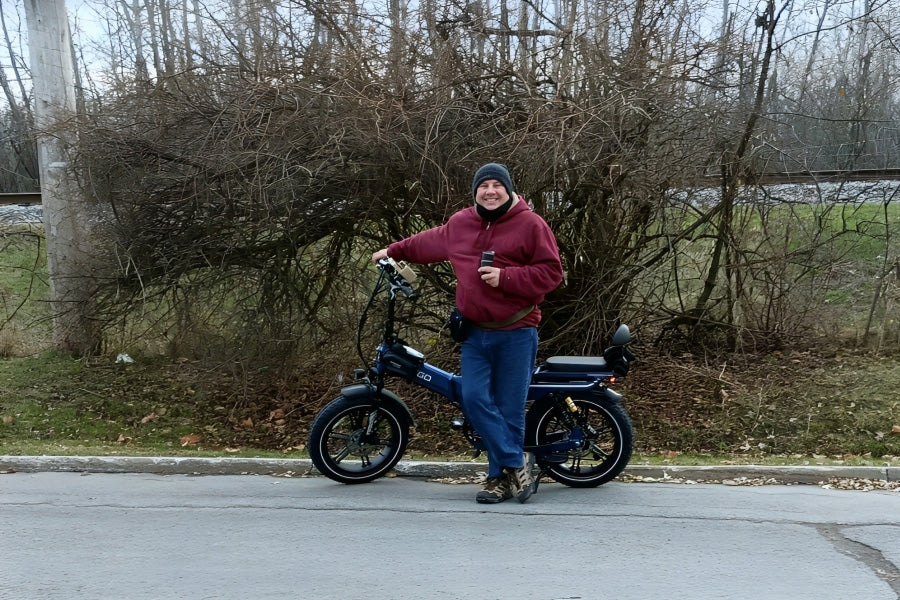











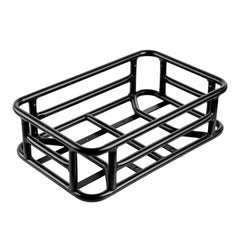

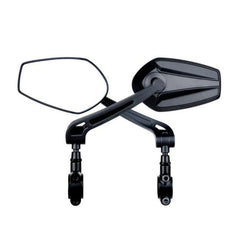
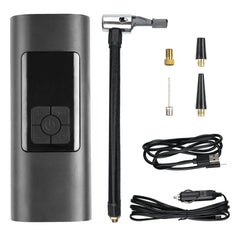
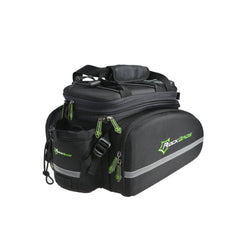
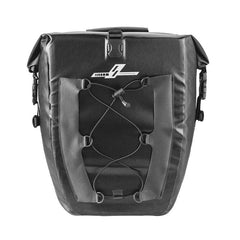
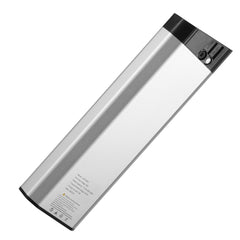
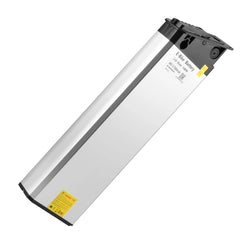
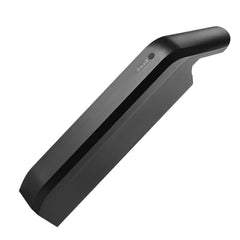
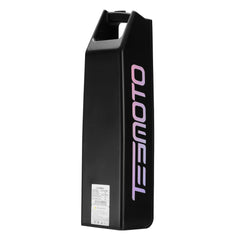
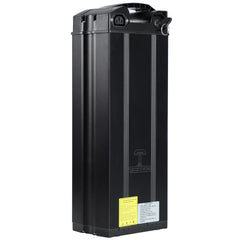
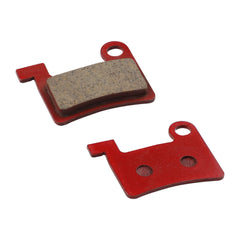
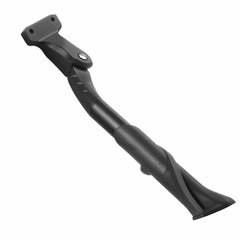
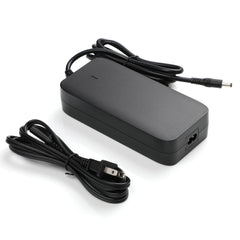
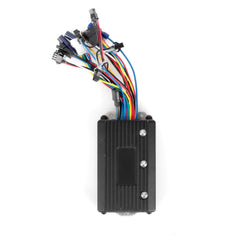
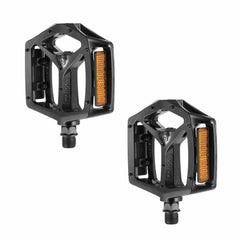
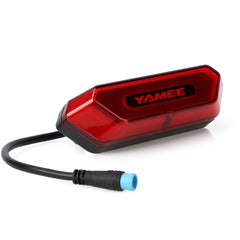
 US
US
 Canada
Canada




